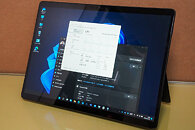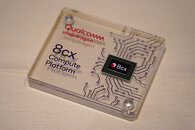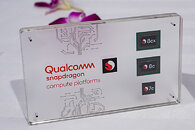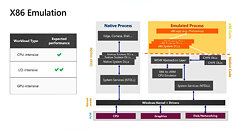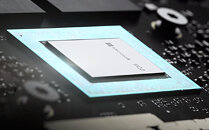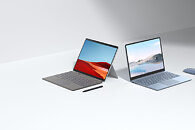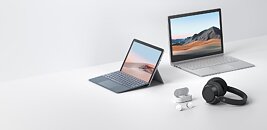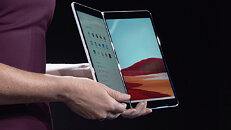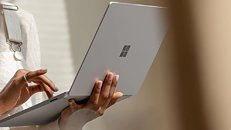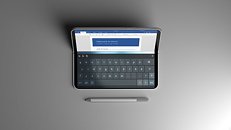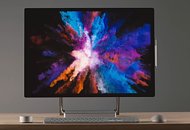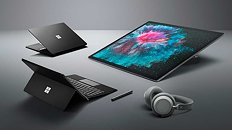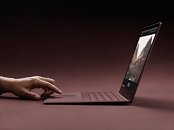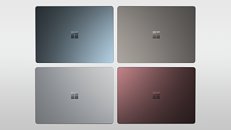Minisforum V3 High-Performance AMD AI 3-in-1 Tablet Starts at $1199 Pre-Sale
Minisforum has unveiled a game-changing device that blurs the lines between tablets and laptops: the Minisforum V3. Today, the V3 laptop has hit the Minisforum store. This innovative 3-in-1 tablet is powered by the high-performance AMD Ryzen 7 8840U processor, offering a unique blend of portability and computing power. Unlike its traditional Mini PC design, Minisforum has adopted the popular form factor of Microsoft Surface and Lenovo Yoga tablet PCs with the V3. This versatile device can be a handheld tablet, a laptop with an included magnetic attachable keyboard, or a solo kickstand. At the heart of the Minisforum V3 lies the 8-core, 16-thread Ryzen 7 8840U processor, capable of delivering exceptional performance for demanding tasks. The tablet features a stunning 14-inch 2560 x 1600 IPS screen with a 165 Hz refresh rate and 100% DCI-P3 color gamut coverage, making it an ideal choice for creative professionals and content creators.
The V3's standout feature is its advanced cooling system, which allows the Ryzen 7 8840U and onboard Radeon 780M iGPU to operate at a stable 28 watts. This ensures smooth and efficient performance even under heavy workloads, making it a reliable device for all your tasks. The tablet's screen boasts a remarkable 500 nits of brightness, and its high color gamut coverage makes it perfect for professionals who require accurate color representation. Minisforum has priced the V3 competitively at $1199 at the pre-sale offering, making it an attractive option for those seeking a powerful and versatile device that can adapt to various scenarios. This primary option includes 32 GB of RAM and 1 TB SSD for storage. For early birds, Minisforum offers a V Pen, tempered glass screen protector, and laptop sleeve as a gift. Here is the link to the Minisforum V3 store.
The V3's standout feature is its advanced cooling system, which allows the Ryzen 7 8840U and onboard Radeon 780M iGPU to operate at a stable 28 watts. This ensures smooth and efficient performance even under heavy workloads, making it a reliable device for all your tasks. The tablet's screen boasts a remarkable 500 nits of brightness, and its high color gamut coverage makes it perfect for professionals who require accurate color representation. Minisforum has priced the V3 competitively at $1199 at the pre-sale offering, making it an attractive option for those seeking a powerful and versatile device that can adapt to various scenarios. This primary option includes 32 GB of RAM and 1 TB SSD for storage. For early birds, Minisforum offers a V Pen, tempered glass screen protector, and laptop sleeve as a gift. Here is the link to the Minisforum V3 store.





















